Like many gardeners world over, I too have come to love growing roses. As the plants mature and I gain more experience in tending them, the blooms improve year-on-year. First blush of the season never fails to take my breath away – it’s a pure joy to take in those eye popping colors, the gorgeous sized blooms and those heady smells which fill our garden. This year however, it is on a whole other scale! Which is why it deserves a blog post all of it’s own!
I discovered that I loved growing roses only after I started dabbling in the gardening in the our first house we bought here few years ago. Purely on an impulse, I had bought couple of varieties. For the first couple of years, I had absolutely no clue on how to manage these beauties. So I ended up trying everything from spraying to using chemicals for fertilization! After I read books, articles, took an urban gardening course and spoke with few gardeners (and saw many roses first hand in many different gardens) did I slowly get the hang of growing them. Here is a short tour of the beauties in our garden!
Rose Types
We live in USDA Zone 9a – characterized by relatively mild and short fall/winters and long summers. Our garden gets good sunlight for most of the year. Except during peak summer months, when, couple of sweet gum trees that tower over the roses allow only dappled sunlight through their lush green foliage.
To make the most of the sunlight, I chose floribunda and hybrid tea roses that grow well in dappled sunlight. Another factor is the soil – I have a well drained soil which is rich in organic matter. Floribundas and hybrid teas thrive in this soil. More on soil amendment/management later
Although most of the roses I have are of floribunda or hybrid tea variety, all of them have different “personalities” – few bloom in repeated flushes, some of them bloom in clusters and others have heavenly scents but have only dominant first blush.
Rose Care
Late Fall through Winter
Caring for the rose babies is a year-long business. In late-fall – (around late October) I start by pruning roses. Pruning is multi-day exercise – I start by removing all leaves and buds/flowers from all the rose bushes. This helps me visualize the current shape and form of the rose bush. After determining the end shape, I prune the branches. Usually type of the rose will guide how heavy should the branches be pruned – one or two varieties do not like heavy pruning while some like it very much (come back very strong in spring). This is the only time of the year when I prune.
I will also stop fertilizing roses 2-3 weeks before I prune but continue to water well – if there are no rains.
Combination of onset of cold weather, pruning, deep watering and discontinued fertilization induce dormancy in the rose bushes.
Through November to January, as long as the weather continues to be rainy/cold or frosty, little care is needed beyond occasional inspection. If well pruned, the roses tolerate frosts quite well. So far, I have not had to worry about hot days during winter.
Late Winter
From about 3rd week of January, the afternoons start becoming warm. The days also get longer. From this point, I will start rounds of fertilization cycles every 3 weeks. Combination of longer days, warming weathers and fertilization will bring the roses out of their dormancy.
Fertilization
I use organic fertilizers with usually same ingredients but vary the proportions throughout the growing season.
I use Alfalfa hay pellets/meal(usually 2-1-2), bone meal(either 2-14-0 or 7-7-0), fish guano (0-10-10) and occasional fist full of Epsom salt (magnesium sulphate) made in a tea. I will use about gallon of this tea/mixture per plant. For smaller plants, I use half gallon.
The best part of this fertilizer combination – in addition to improving soil health is that the tea releases triacontanol – a naturally occurring enzyme into soil. The enzyme literally kick-starts leaf and new cane growth in roses.
Speaking of soil health, the alfalfa meal will breakdown ( I sometimes will work it into the soil) and get composted. The soil – due to years of the fertilization regime is dark, pleasant smelling, well drained and teeming with earth worms of all size and shapes ( a sure way to judge bio-health of soil)
Spring through Early Summer
Through spring the first blushes start. After that, it is just explosion of colors and fragrances in the garden. I will deadhead the roses to encourage new blossoms but other than that, do not really have any need to trim any foliage.
Since the foliage is all new(thanks to pruning in winter), there is almost no occurrences of diseases (black spots, rust or mildew). The aphids abound during this time but apart of giving healthy spraying of water, I do not intervene. Usually I will let the wild beetles which are out and about to mange the aphid population. This active-monitoring but minimal-intervention in aphid management is sufficient to prevent any damage to the buds from aphids – resulting in strong first blush of the season.
Mid-Summer to Late Fall
I continue through fertilization but with changed proportions (reduced alfalfa, continue bone-meal and guano applications) every 3-4 weeks that encourages flower growth. These months are dry months here so active and deep watering is essential. I will water every 2-3 days (depending on temperatures) by checking soil. If the soil is dry about 2 inches below surface, I will water the plants but will water them deeply by flooding the soil around the bush.
Delights of Growing Roses
Besides delighting everyone by the colors, fragrance and their healthy foliage, the flowers make great deserts! I use two varieties of roses specifically for making rose-jam and gulkand (rose-preserve found in India) – Rose de Rescht and Gertrude Jekyll. Both of the varieties are have intense old rose scent with strong pink – almost a fuchsia colored petals arranged in double, large (4-inch) blossom that grow in clusters. Rose de Rescht is an old-growth damask/portland variety own-root rose while Gertrude Jekyll is a hybrid from celebrated breeder – David Austin. You can find more details of these varieties here: Rose de Rescht and Gertrude Jekyll
Rose Preserve (Gulkand/गुलकंद)
Ingredients (Yields 2 8 oz. bottles)
- 1 1/2 cups food-grade rose petals, tightly packed
- 4 cups granulated sugar
Recipe
In clean, dry canning bottle, layer rose petals and sugar to the top and screw the lid on. Leave the bottle in sunlight. After couple of days, the petals and sugar will settle. Layer remaining rose petals to tightly pack the bottle. Rose preserve will be ready in about 4 months
Rose Jam
Ingredients (Yields 4 8 oz. bottles)
- 3 cups water
- 1 1/2 cups food-grade rose petals, tightly packed
- 1 (1.75-ounce) packet powdered fruit pectin
- 4 cups granulated sugar
- 1/4 cup fresh lemon juice (optional – if pectin does not have citric acid)
Recipe
- In a large saucepan over medium heat, combine the water with the rose petals. Bring the mixture to boiling, stirring occasionally. Boil, uncovered, for 5-7 minutes. Remove from the heat. Cover and let stand 5 minutes.
- Stir in the pectin. Bring to a full rolling boil, stirring constantly. Add the sugar. Return to a full rolling boil, stirring constantly. Boil hard 1 minute, stirring constantly. Remove from heat. Quickly skim off any foam with a metal spoon.
- Remove from the heat and stir in the lemon juice.
- Preserve in glass jars. If you like, you can preserve this using water-bath canning as well – here is one guide to canning
These are results of this year’s half of the first blush 🙂
References
- HelpMeFind. “Rose Search.” Copyright 2022 © HelpMeFind. All Rights Reserved., www.helpmefind.com/rose/plants.php. Accessed 11 Apr. 2022.
- Reddell, Rayford. A Year in the Life of a Rose: A Guide to Growing Roses from Coast to Coast. 1st ed., Harmony, 1996.
- Admin. “The Value of Alfalfa.” Rose.Org, 27 Apr. 2018, www.rose.org/single-post/2018/04/27/the-value-of-alfalfa.HelpMeFind. “Rose Search.” Copyright 2022 © HelpMeFind. All Rights Reserved., www.helpmefind.com/rose/plants.php. Accessed 11 Apr. 2022.
- “Roses Forum – GardenWeb.” Rose Forum, www.houzz.com/discussions/roses. Accessed 11 Apr. 2022.
- LaBorde, Luke, PhD, et al. “Let’s Preserve: Basics of Home Canning.” Penn State Extension, 27 Mar. 2022, extension.psu.edu/lets-preserve-basics-of-home-canning.
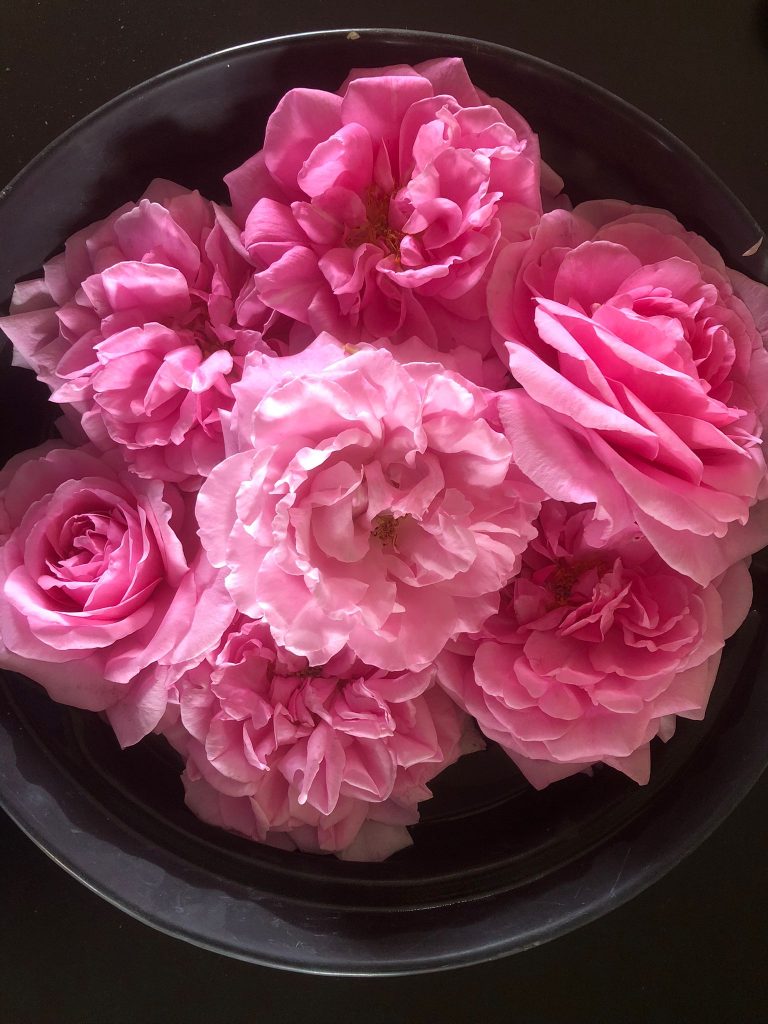
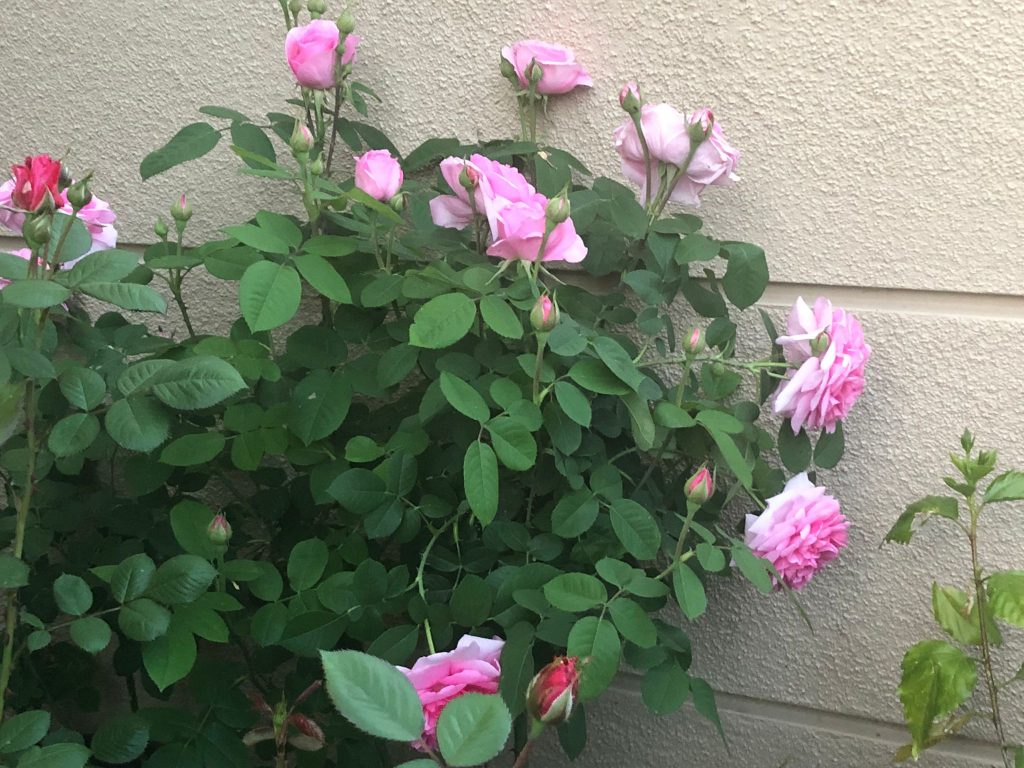
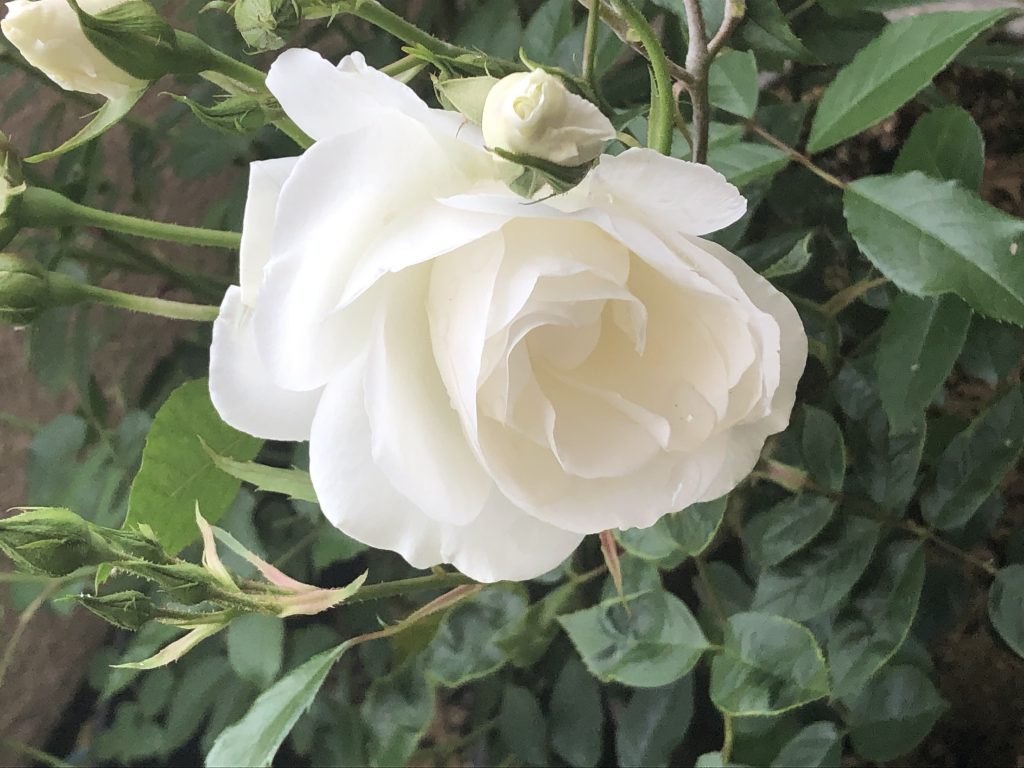
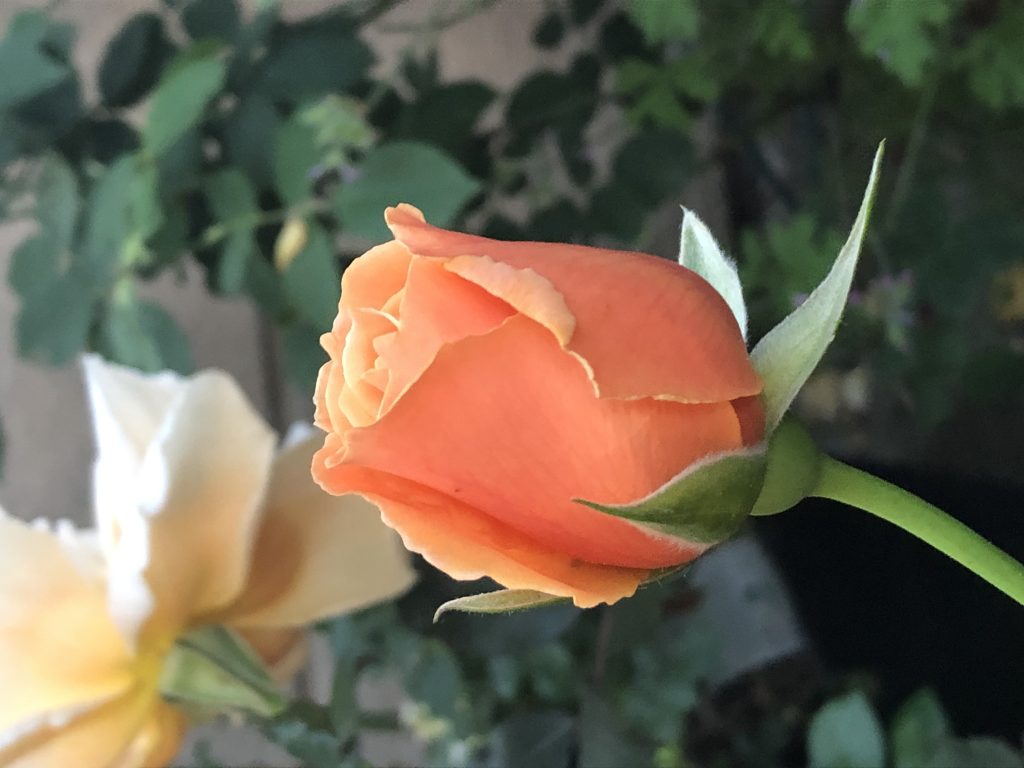
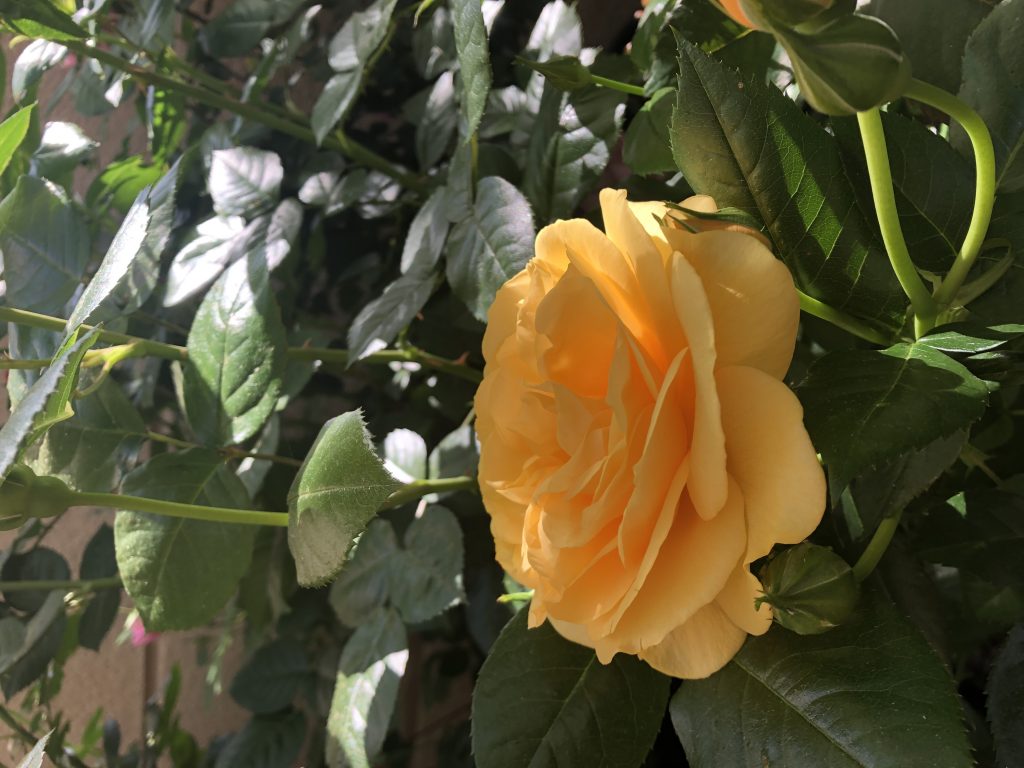
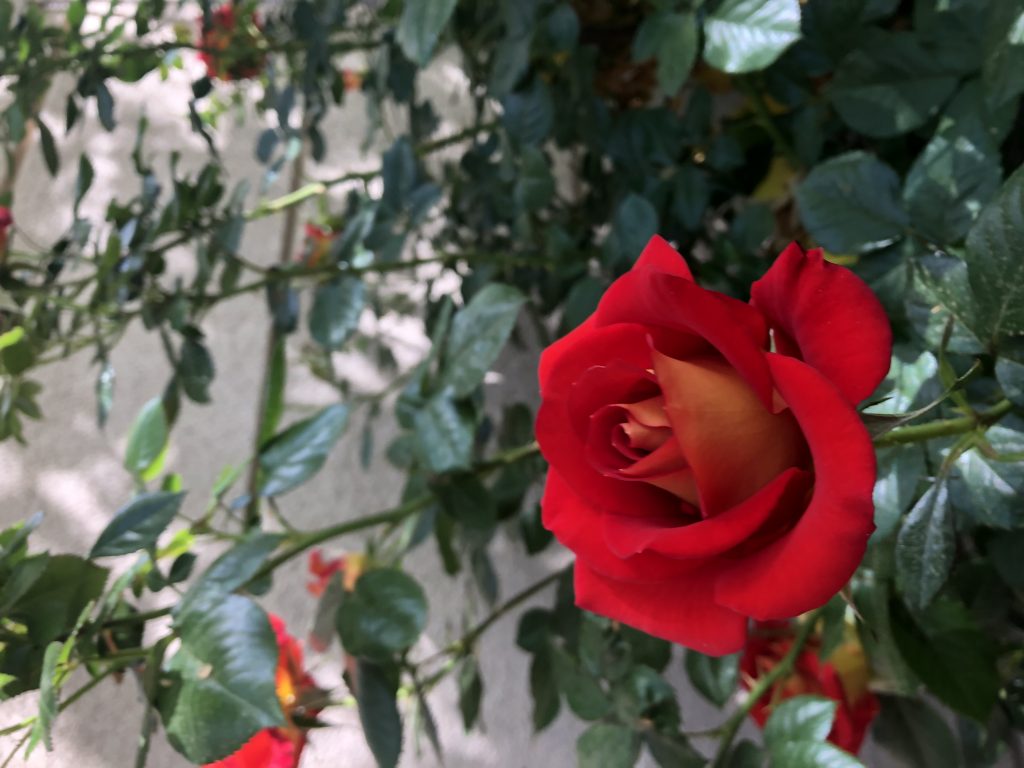
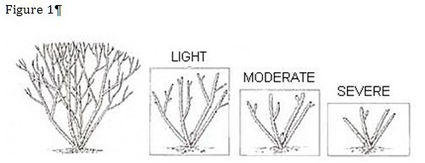
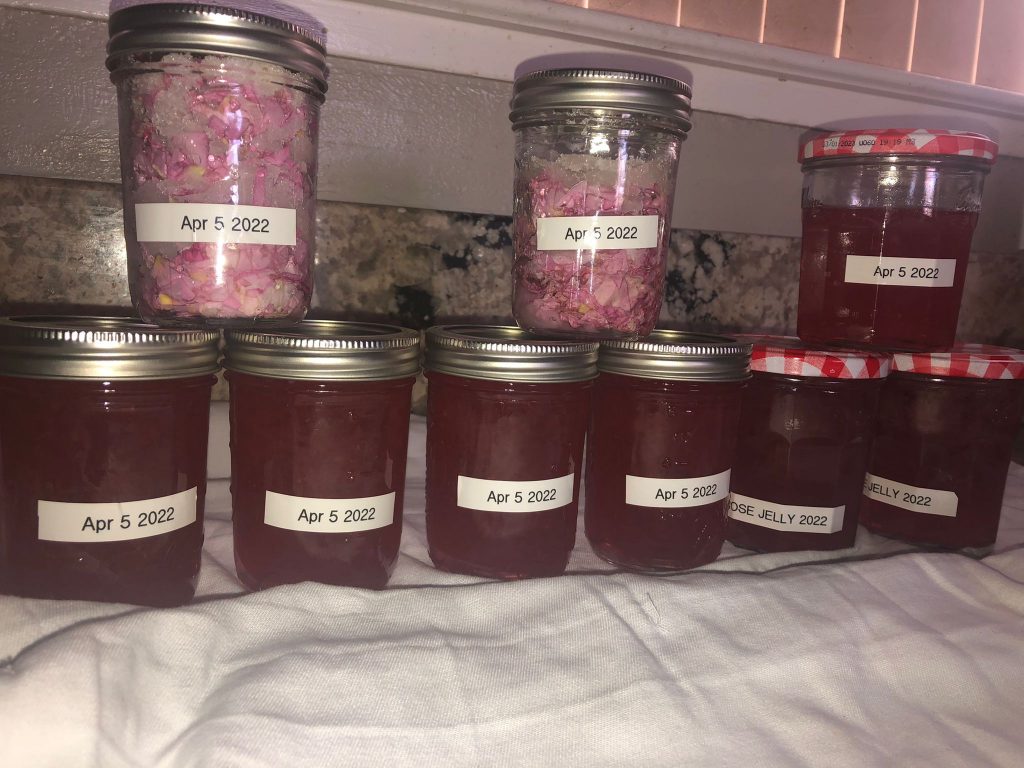
Highly informative narrative of experience! Well done, Aditya! Looking forward to reading more about your flourishing garden.